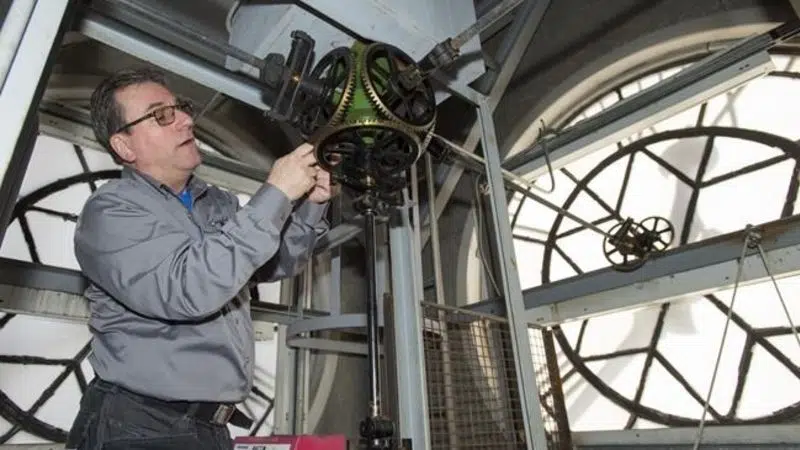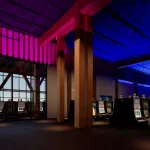
Time on his hands: John Scott changes the time on Toronto’s clock towers
Every spring and fall, John Scott climbs up clock towers across Toronto to change time.
“The keymaster, the time master — I’ve been called a lot of titles,” says the 61-year-old. “Never the time lord though.”
Scott began maintaining and servicing clocks 35 years ago as an apprentice for his uncle C. Arthur Scott at Hamilton-based Scotiabell.


